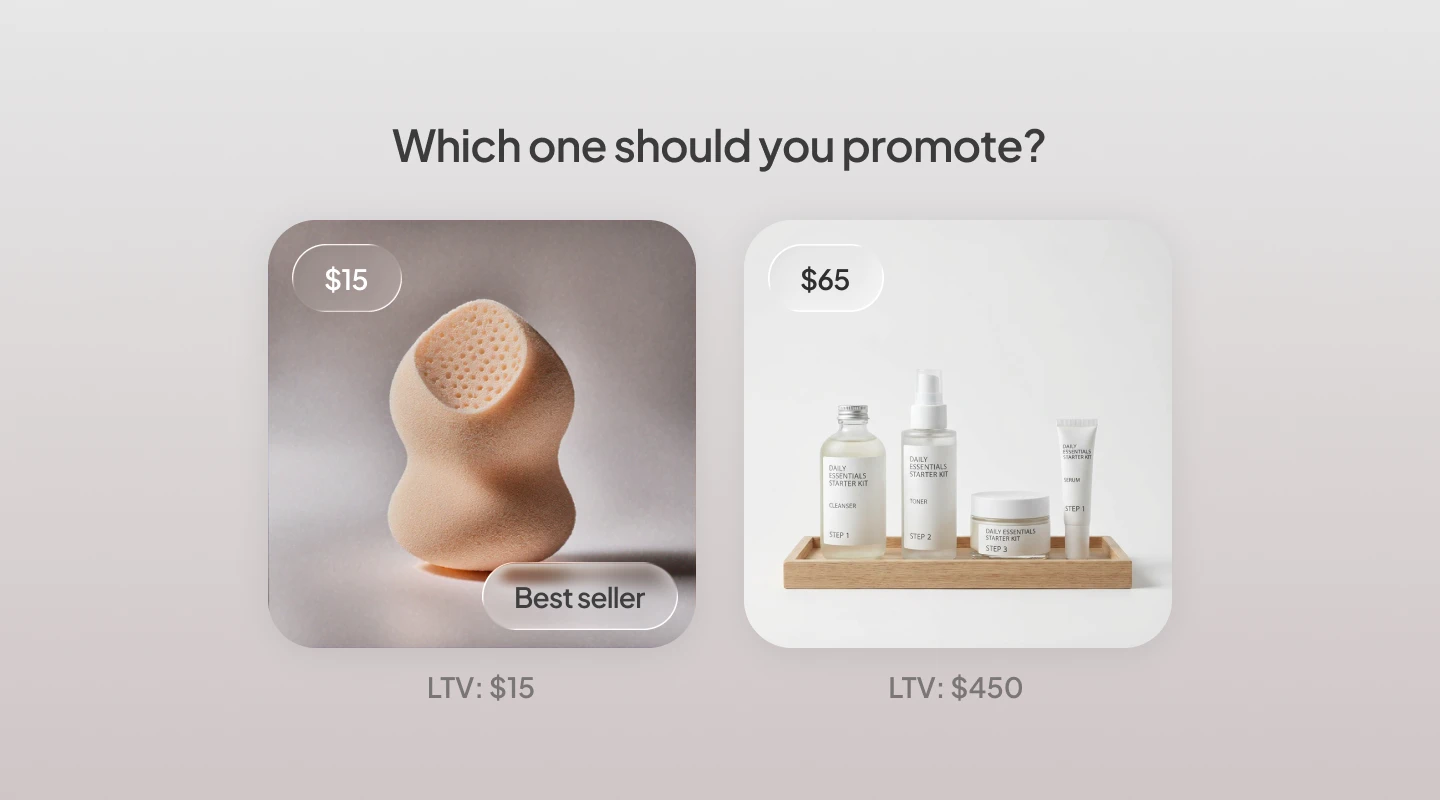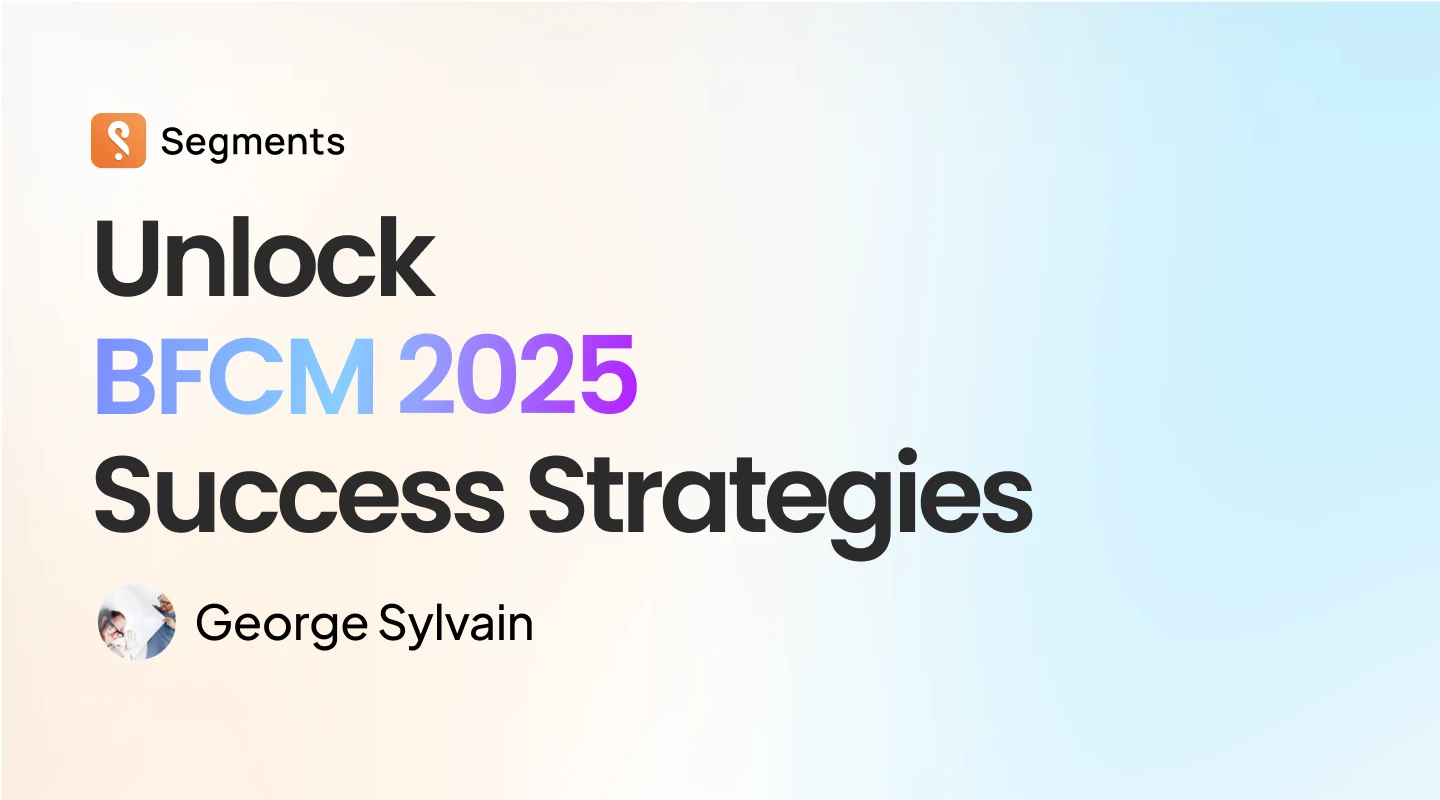
Before we dive into this blog post, we’d recommend getting started with our last blog post, an introduction to customer segmentation, where we introduced the concept of customer segmentation and why it’s essential for every ecommerce business.
Most importantly, studies have shown that marketing campaigns sent to segmented customers can result in a 200% increase in conversions.
For this blog post we’ll concentrate on creating customer segments based on engagement history and outline why it’s never been more important to focus on improving customer engagement across your owned channels (i.e. email, SMS) than ever before.
What are some key engagement metrics?
Traditionally marketers have relied on engagement metrics like Open Rate or Click Rate to measure the effectiveness of their email marketing campaigns, but with the privacy changes being rolled out in Apple’s latest iOS15 updates in September, marketers are going to have to step away from using open rate.
According to industry experts, open rate is a “vanity” metric and we take this opportunity to move further down the funnel to measure effectiveness based on revenue.
Segment customers based on Click Rate to measure engagement effectiveness
So where does this leave us with engagement metrics? While it’s still a little unclear, by all accounts we should still have “Click Rate” to measure engagement effectiveness and we’d recommend segmenting customers based on whether they have clicked on your emails or not as a great place to begin. For example, you can segment a customer based on how many times they’ve clicked your emails in the last 30, 60, or 90 days.
Depending on the size of each customer segment, you can send targeted offers or decide which customer segment receives the most EDMs. Remember, if you’re creating segments in an email service provider like Klaviyo, once the segment is created it will auto update so you don’t have to worry about users staying in a segment if they don’t meet the criteria.
In addition to click rate, you can use other metrics like Spam Rate, Bounce Rate, and email heatmaps to create customer segments based on engagement. It’s particularly important to pay close attention to metrics like your Spam and Bounce rate — keeping these low is really important to the overall success of your email marketing.
As a rule of thumb, you want your Spam Rate to be less than 0.05% - 0.10% across all emails, irrespective of automated workflows or campaign sends. You can also use metrics like Bounce Rate to remove subscribers from your database so you don’t have to pay for uncontactable users.
In summary, engagement-based segmentation is super important to maintain a healthy database, and while it’s not as flashy or able to provide immediate revenue gains by sending a targeted email offer, you will make more revenue over time by improving your email marketing engagement rates.
Thanks for reading and as always check out the Segments app for easy to use actionable insights to grow your store revenue and don’t forget to follow us on LinkedIn for more #ecommerce tips and tricks!








